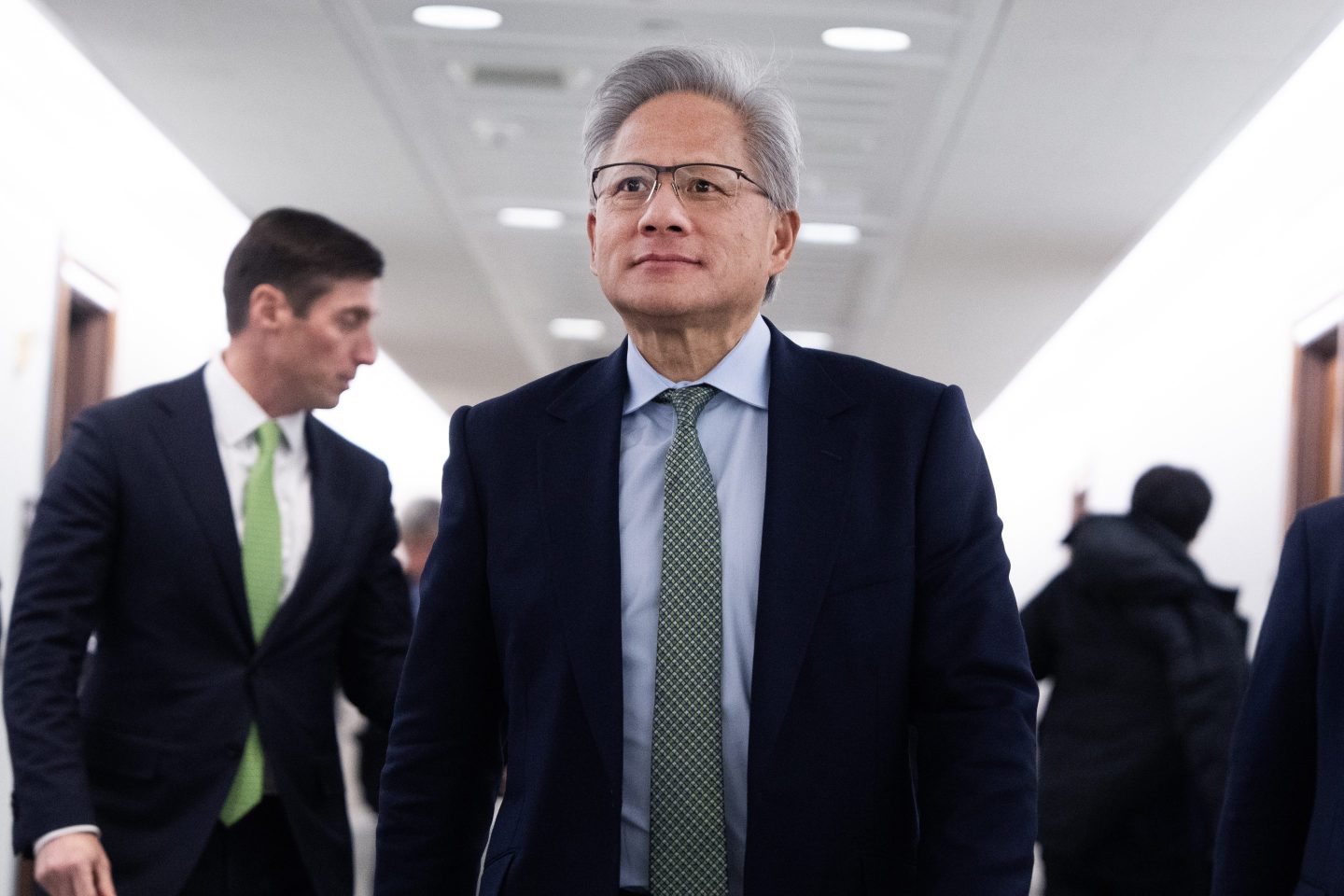U.S. private credit has grown fivefold since 2009 to $1.34 trillion, transforming from a niche segment into a core portfolio allocation. High-net-worth individuals and institutions have driven the growth of this historically gated asset class. Retail investors and 401 (k) plans have had their investment options primarily limited to public markets, which are increasingly dominated by passive investment strategies.
First, heightened fee consciousness (fomented by John C. Bogel, the Prophet of Passive, and amplified by Warren Buffett, amid his peak cultural zeitgeist) enabled passive funds to capture share from active managers throughout the 2000s. Last year, total passive AUM surpassed active, accounting for 53% market share.
The shift towards passive investing has had profound market implications
With an increasing percentage of “buy” and “sell” decisions dictated solely by fund flows, earnings and other market signals have been muffled, stifling the market’s response mechanism.
The degradation of fundamental investing has crippled many hedge funds who once placed daring (long and short) directional bets—replaced by factor-driven pod shops (often with nano-second holding periods)—amplifying the breakdown of market efficiency.
Passive has further enabled the birth of Big Tech, mega-cap market hegemons that reap outsized riches from self-reinforcing lofty valuations.
If a market-weighted passive vehicle receives inflows, those dollars buy a proportionate share of index constituents, with no consideration as to the company’s valuation. The company will receive investors’ dollars irrespective of whether its shares trade for 1x or 1000x sales.
This is just one example of a larger problem—public markets no longer strictly seek the highest and best use of capital. Instead, they reward large-index constituents with a lower cost of capital, which ultimately strangles competition and disadvantages small businesses. Also, by overweighting the same securities through passive vehicles, investors’ holdings look like a sea of sameness, heightening systematic risk and limiting diversification.
Retail investors are hit in a disproportional way; their options for deploying hard-earned savings have been constrained to public markets. Further, an equity universe that is both shrinking (with roughly 4,000 public companies today, down from 8,000 in late 1990s) and increasingly concentrated (the Top 10 components of the S&P 500 comprise roughly 40% on the Index compared to 20% in 2000), marks a narrow field for the majority of investors.
Private markets, and private credit in particular, offer an active solution to the passive problem
First, in form, there is no passive approach to finding, overhauling and selling a jet engine, for example. Similarly, structured equity entails hammering out a capital solution specific to each company; there is no formulaic approach. Asset-based lending involves a double-underwrite—both an assessment of the actual assets as well as the financial health of the borrower. A passive approach to such underwriting would manifest disaster for investors.
Envision a passive approach to private credit, inflows would require managers to indiscriminately allocate capital among existing borrowers. More capital might benefit some borrowers, but more frequently would suffocate companies with greater debt burdens. Relatedly, how would passive vehicles manage freeing up liquidity in an illiquid asset class, other than through calamitous forced sales?
Market performance (relative to similar strategies) is irrelevant in passive vehicles; there is no outperformance or underperformance, there is only the index performance. Hence, capital raising is largely an algorithm of low fees and marketing dollars.
In private markets, it’s not enough to just beat the index
By contrast, private managers must navigate a Darwinian test to raise capital. Brand value and marketing can obscure its effects, but performance, (unique) pipeline and process are ultimately paramount for investors.
To succeed in their jobs, managers must manually canvass the universe of private businesses to identify those able to deliver a return on investment; good businesses receive more capital, and bad businesses meet their demise in bankruptcy. Similarly, successful managers scale, while the unsuccessful fade.
With an increasing share of capital migrating to passive, private credit provides compelling active management offset—and one that also contributes to the long-term health of our economy.
Retail investors and retirees should not be denied access to the private market opportunity
Private markets were once a gated asset class. Attempts to incorporate private assets into 401(k) should be applauded, both for expanding capital availability for U.S. businesses as well as for broadening access. However, the Administration should go one step further, recognize the anti-competitive consequence of passive and guard against any 401 (k) structure that disproportionately rewards size—either for managers or potential borrowers.
If private markets access is expanded for all companies (not just large one) and all investors (not just institutions), it stands to benefit investors, companies, and the U.S. economy at large.
The opinions expressed in Fortune.com commentary pieces are solely the views of their authors and do not necessarily reflect the opinions and beliefs of Fortune.












